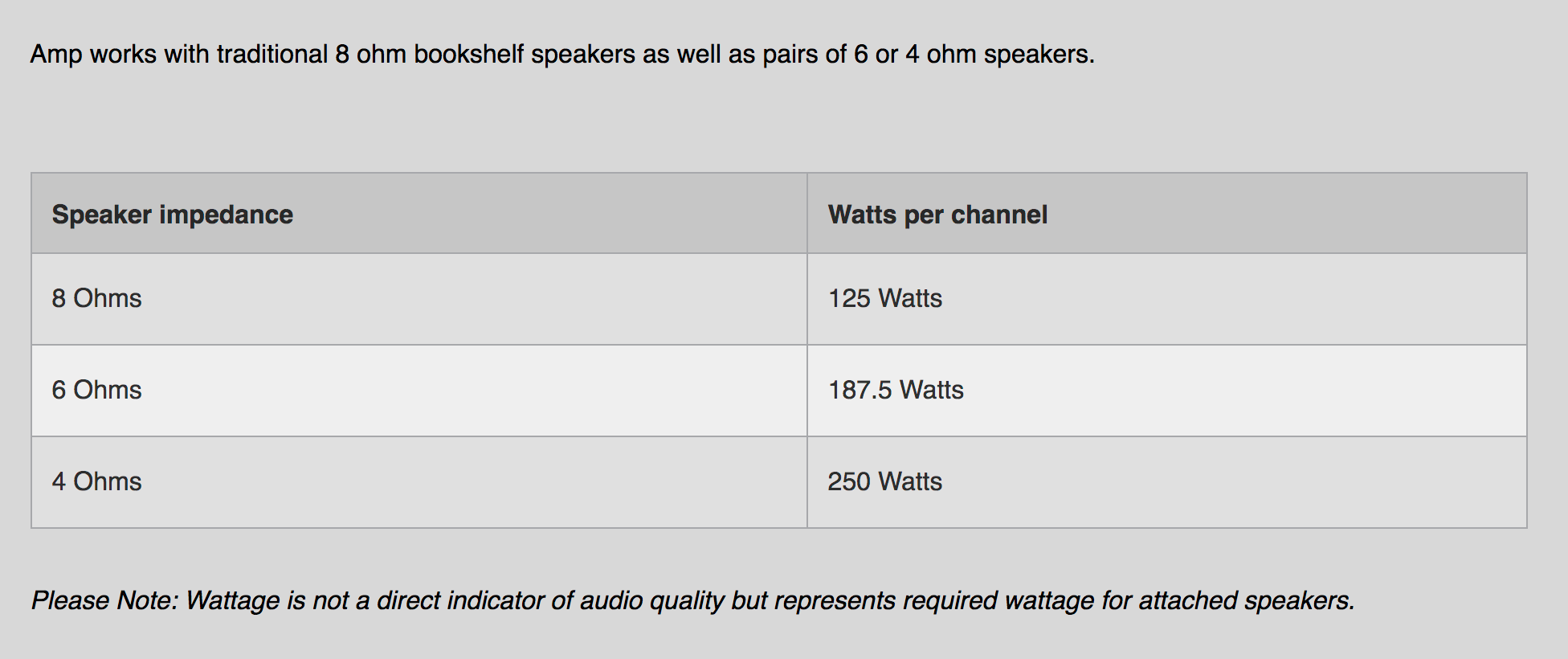I’ve been using the Amp for months with Wharfedale Diamond 8.2 and 9.2, both 6 Ohms speakers (each as 2.1 setup, not together).
I just upgraded to a pair of Wharfedale EVO 4.1’s and they sound great with the Amp. However, they are 4 Ohms.
Is the Amp comfortable with a pair of 4 Ohms?


